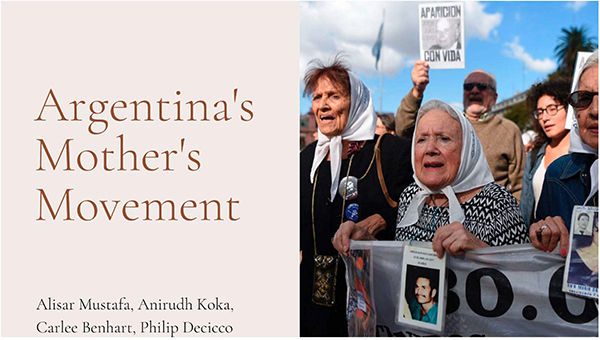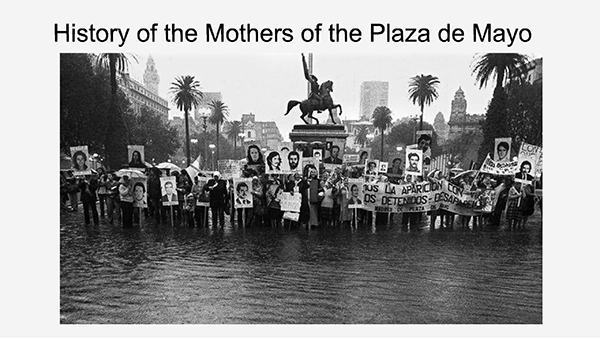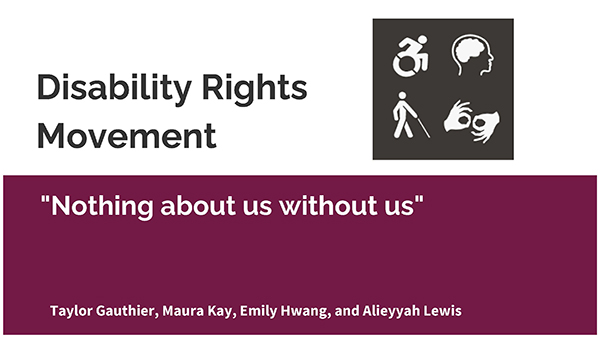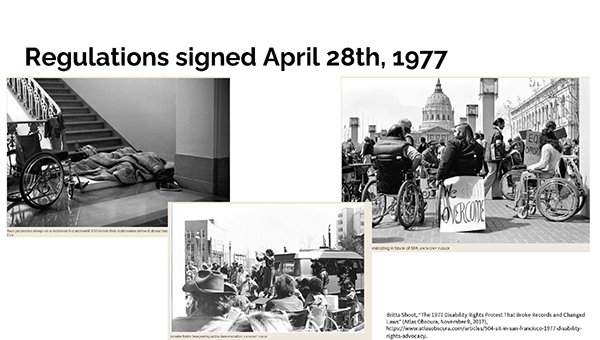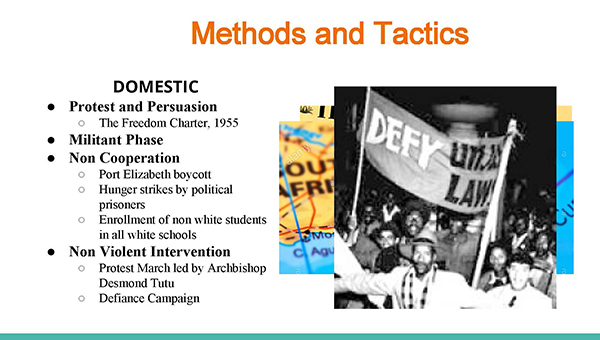Rising Together: the Political Power of Social Movements
By Scottie Barsotti
Heinz College professor Silvia Borzutzky has been studying the impacts of social movements for decades. While she says movements can organize more easily in the digital age, protests and political action have a long history and should see technology as a tool in the fight for justice, not a solution unto itself.
Do social movements get enough credit? In history books, commentary, and popular media there can be an (understandable) tendency to focus on transformative leaders like Martin Luther King, Jr. or dramatic events like the Stonewall Uprising. A kind of mental shorthand takes over—our brains quickly connect “there was a great leader who fought for progress” or “there was a catalyzing incident” to hard-won changes in the social fabric, such as shifts in public attitudes, civil rights legislation, or landmark judicial decisions.
It’s a clean narrative, but it ignores the reality of social movements and the many people who work, organize, assemble, and demonstrate to push for change as part of those movements, sometimes for years or even decades.
“I’ve been teaching American politics for a long time and I often hear myself saying, ‘when we look at changes in civil rights, we need to look more closely at the civil rights movement,’ but in class we may only spend an hour or so discussing it when it deserves so much more time,” said Heinz College professor Silvia Borzutzky, a political scientist who has published extensively on political movements and social welfare in Chile and throughout Latin America.
“It’s hard to generalize the role of social movements, as you need to place each movement in a certain moment and at a certain place and time,” said Borzutzky. “But the message you get from studying them is that it takes a lot of time for societies to change their views, and for policymakers to change the way in which they legislate regarding traditional positions.”
While lasting policy and structural changes may be the end goal, Borzutzky suggests that some of the greatest impacts of social movements come in the form of expanded participation and gains in public support, citing the Black Lives Matter protests from the summer of 2020 as an example.
“We’re seeing a reckoning with years of police brutality in the United States,” she said. “BLM began as a movement years before the murder of George Floyd, but it seems to have flourished during this time despite the pandemic. It brought many people to its cause, often in spite of repression from local police, and even the federal government during the Trump administration.”
Borzutzky remarks that while the COVID-19 pandemic was not a catalyst for BLM, it should be part of the movement for Black Lives now, because it has further exposed deep inequities, particularly in health care but also in other areas such as housing and employment.
Inspired by her recent work on social unrest in Chile as well as social justice protests in the U.S., Borzutzky created a Social Movements course at Heinz College with her research assistant Sarah Perry (MSPPM ’21) that allows students the space to deeply analyze the origins and impacts of a social movement of their choosing.
During the course, students heard from academic experts and practitioners in this space. Also, students researched and presented on a social movement from across the world, including movements related to the environment and climate change, disability rights and inclusion, pro-democracy, and human rights.
The Stories Behind Social Movements
Professor Borzutzky's Social Movements course gave students the opportunity to perform extensive analysis on social movements from around the world.
TECHNOLOGY CAN HELP SOCIAL MOVEMENTS, WITH CAVEATS
While social movements may be most effective when they are locally based and powered by people, there is a role for large institutions to play. Borzutzky refers to support from the United Nations for human rights movements in Latin America. The UN not only has the money and resources to finance, for example, investigations into atrocities and human rights abuses, it also has access to advanced technology.
RELATED: Machine Learning Tools Helps Human Rights Workers Seek Justice
At the local level, technology has played a growing role in the success of social movements, in particular the growth of social media. However, as Borzutzky notes while social media has a role to play, it cannot be the only element and must not take the place of on the ground organizing, effective leadership, and localized activism.
She describes a wide variety of elements that social movements require to be successful: a platform or plan for changing something in society, structured leadership, money, and an operational model (like a business model) that will allow it to survive.
Borzutzky also points to the current problem surrounding fast-spreading misinformation on social media and how that interacts with social movements at large, while contributing to a troubling surge in domestic extremism. She remarks that while the constitution protects freedom of speech, it’s imperative to protect minorities who are threatened by white supremacist groups like the Proud Boys and QAnon.
“Free speech does not mean someone can incite or threaten violence—we need legislation here regarding social media. We have some legislation, but it doesn’t address core issues,” she said. “This is a difficult problem and we need some consensus among policymakers and media owners, which will be a challenge. At the very least we should not be allowing the propagation of falsehoods, and social media owners need to do more to curb misinformation.”
On and off social media, Borzutzky makes one other key point regarding how we talk about movements that organize and communicate online. She says politicians, media figures, and everyday users of social media should be careful not to conflate groups like QAnon and the Proud Boys with movements like Black Lives Matter.
“They are not comparable. When you’re talking about BLM and other anti-racist networks, you’re talking about individuals, groups, and organizations who are engaged in trying to achieve some major change in the social and economic structure or politics of their country. They seek to expand human rights and engage with the broader political process,” she said.
"On the other hand, groups that traffic in conspiracies and advocate political violence should not be glorified by referring to them as equivalent kinds of social movements to BLM. They do not belong in the same conversation with groups like BLM and we should not accept those comparisons.”
